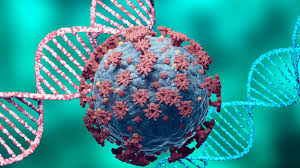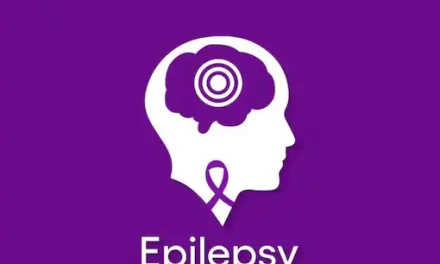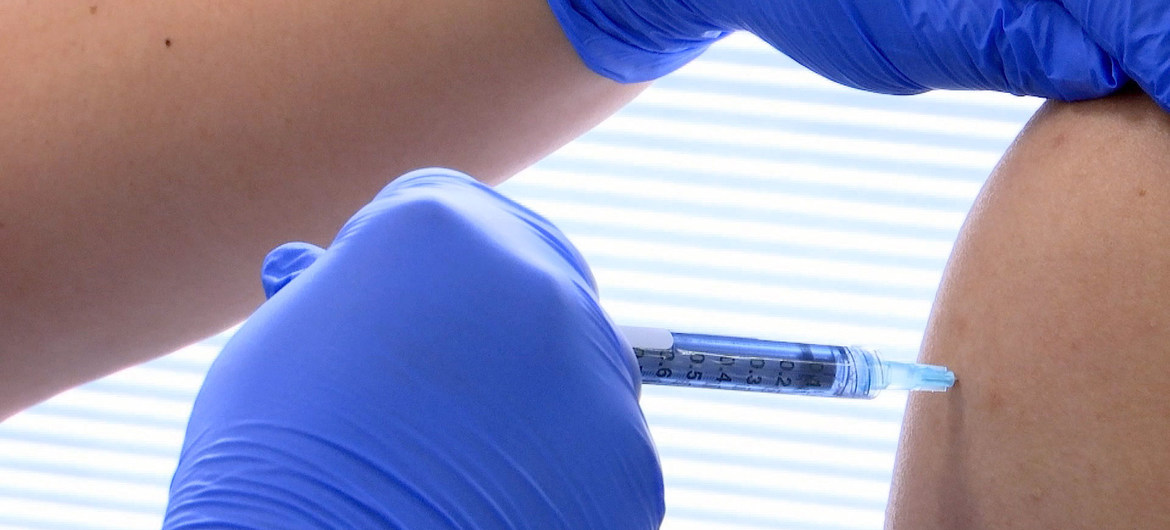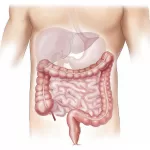“Public Health and Hospitals” being a State subject, the primary responsibility to provide quality healthcare in public healthcare facilities including to SC/ST category women and their children lies with the respective State Governments.
To address the healthcare challenges, particularly in rural areas, the National Rural Health Mission (NRHM) was launched in 2005 to supplement the efforts of the State/UT Governments to provide accessible, affordable and quality healthcare to all those who access public health facilities. Currently, NRHM is a sub-mission of the National Health Mission (NHM).
The States are given the flexibility to propose specific interventions for SC/ST areas and beneficiaries including for women and their children and are supported under National Health Mission, based on their proposals.
NHM support is also provided for the provision of a range of free services including for SC/ST women and children, related to maternal health, child health, adolescent health, family planning, universal immunization programme and for other major diseases such as Tuberculosis, vector-borne diseases like Malaria, Dengue and Kala Azar, Leprosy, etc.
Other major initiatives supported under NHM include Janani Shishu Suraksha Karyakram (JSSK) (under free drugs, free diagnostics, free blood and diet, free transport from home to institution, between facilities in case of a referral and drop back home is provided), Rashtriya Bal Swasthya Karyakram (RSSK) (which provides newborn and child health screening and early interventions services free of cost for primary defects, diseases, deficiencies and developmental delays to improve the quality of survival), Pradhan Mantri Surakshit Matritva Abhiyan (PMSMA) to improve coverage of ANC and improved identification and tracking of high-risk pregnancies and Mission Indradhanush (MI) and Intensified Mission Indradhanush (IMI) in improving immunisation coverage.
Various interventions that are implemented for better healthcare in SC/ST areas and beneficiaries are as follows;
- The population norms for setting up Health Facilities in tribal areas are relaxed. Against the population norms of 5,000, 30,000, and 1,20,000 for setting up of sub-center, PHC and CHC respectively, in tribal and desert areas its 3,000, 20,000 and 80,000.
- Relaxed norms for Mobile Medical Units (MMUs).
- All tribal majority districts whose composite health index is below the State average have been identified as High Priority Districts (HPDs) and these districts receive more resources per capita under the National Health Mission (NHM) as compared to the rest of the districts in a State.
- Implementation of Free Drugs and Free Diagnostics Service Initiatives.
- SC/ST households are covered under Ayushman Bharat, Pradhan Mantri Jan Arogya Yojana (AB-PMJAY) for health coverage up to Rs 5 Lakh per family per year as per Socio-Economic Caste Census (SECC).












